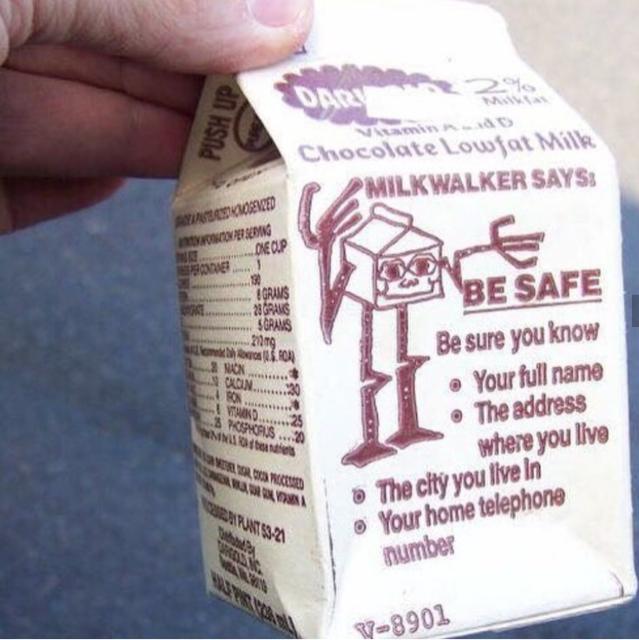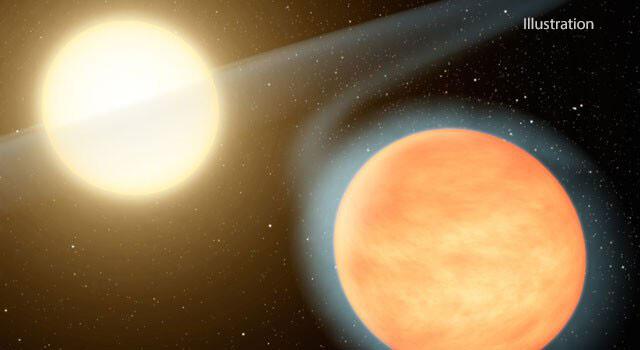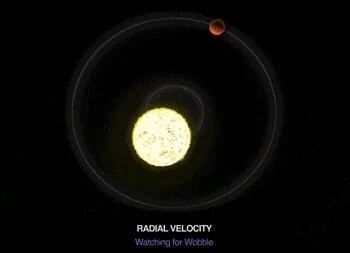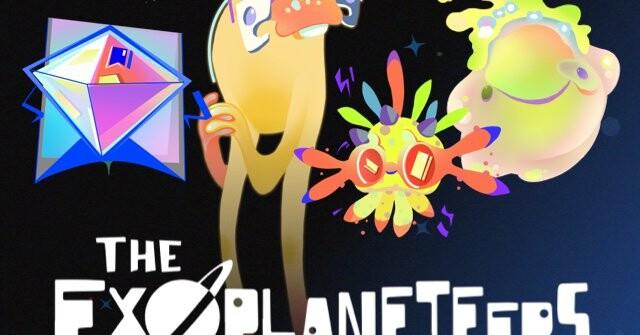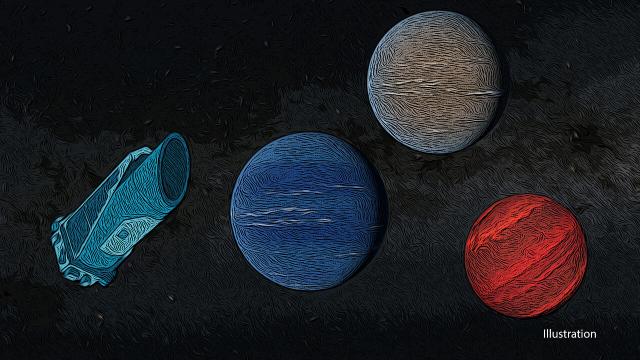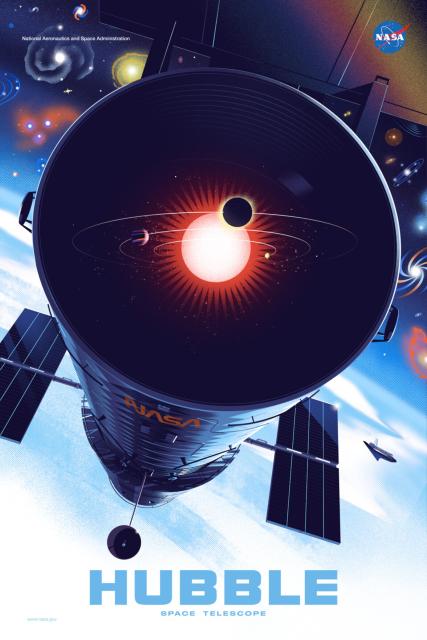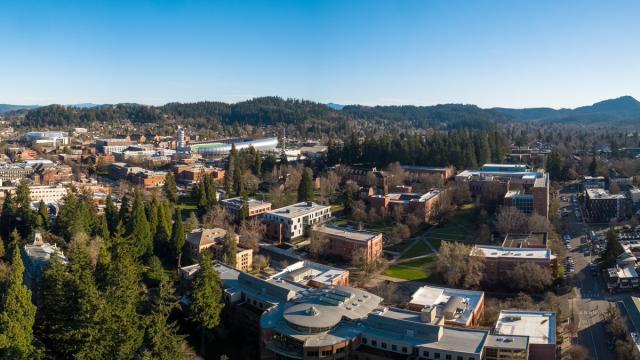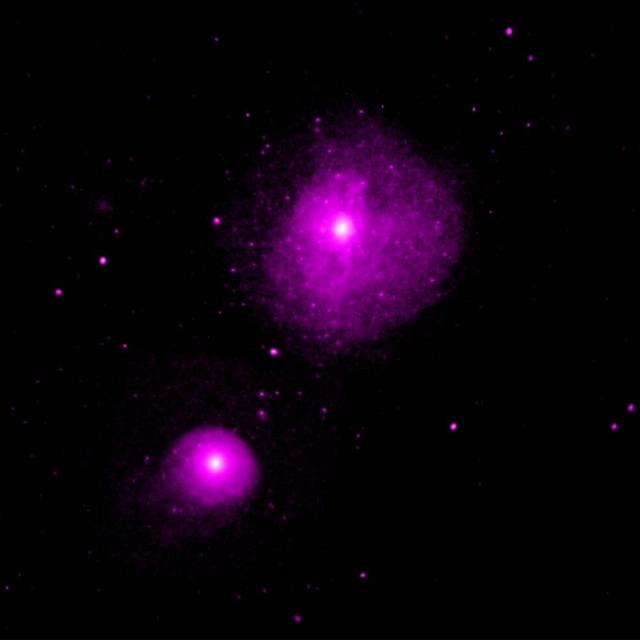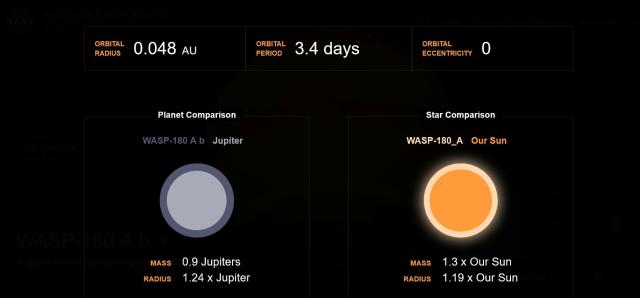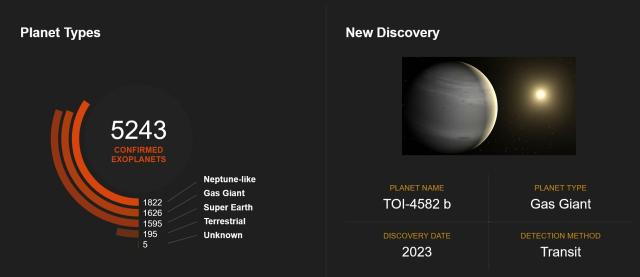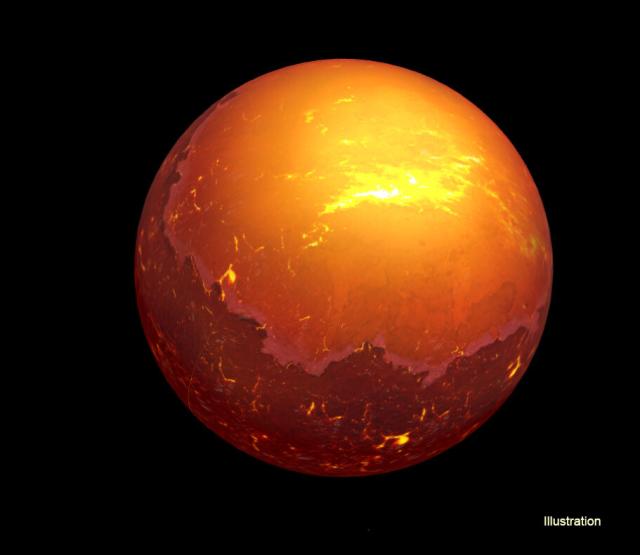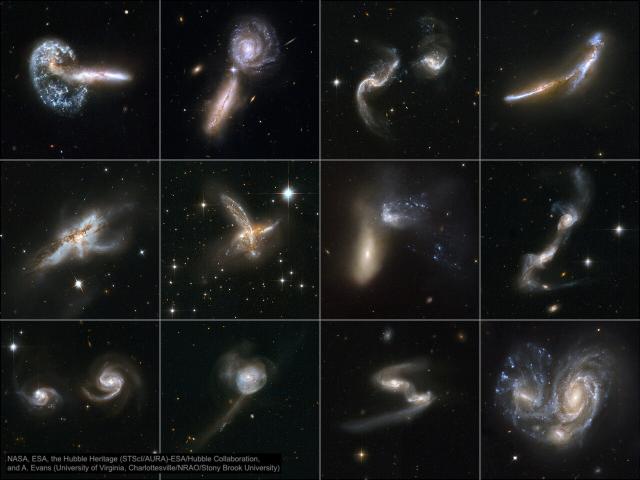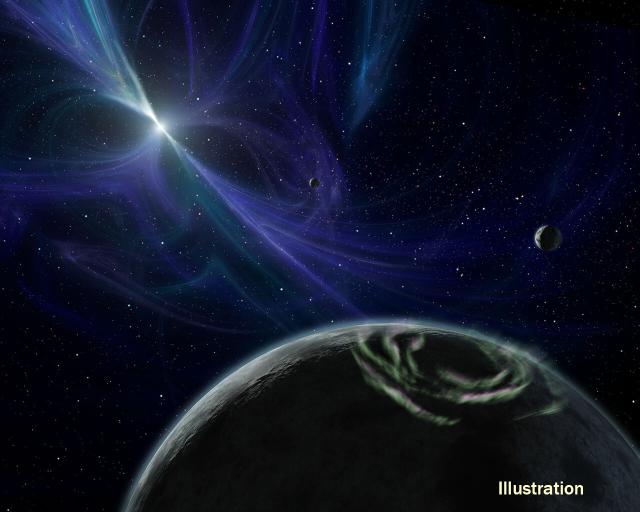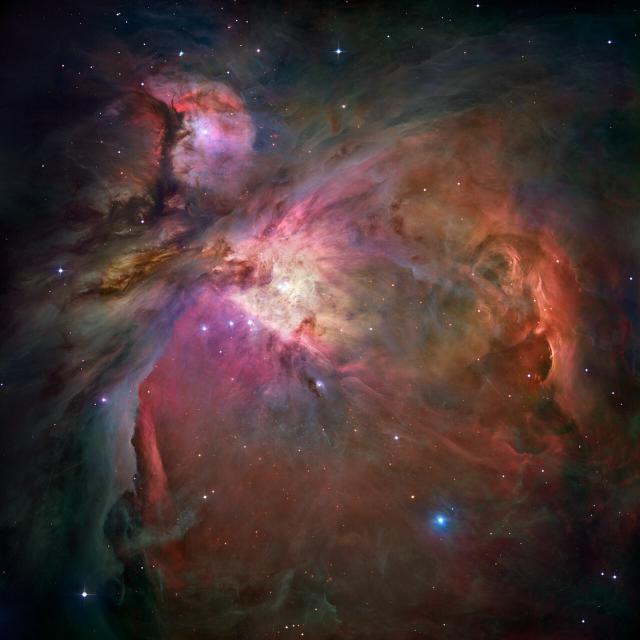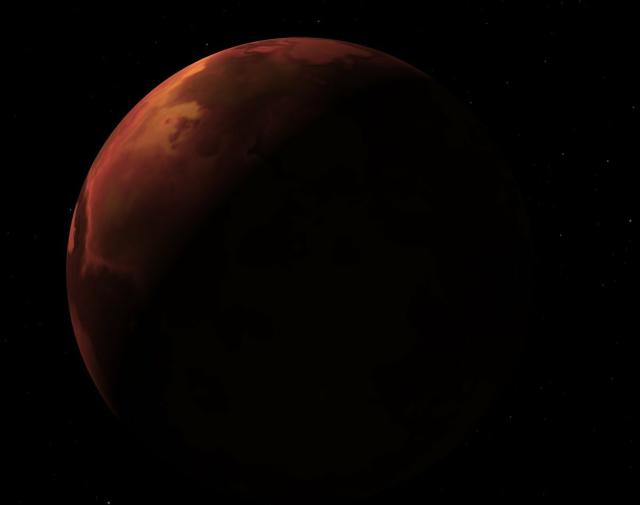Search
Items tagged with: mondaymotivation
But not today. #MondayMotivation: Today belongs to you!✨
#NASAExoplanets
#MondayMotivation: Small acts can have a big effect.
#NASAExoplanets
5 Ways to Find a Planet | Explore – Exoplanet Exploration: Planets Beyond our Solar System
NASA’s Exoplanet Exploration Program, the search for planets and life beyond our solar system.Exoplanet Exploration: Planets Beyond our Solar System
Take our fun quiz to get your results and learn the perfect exoplanets for you! Share your results and tag us! https://go.nasa.gov/44SCw4G
#MondayMotivation
#NASAExoplanets
The Exoplaneteers Quiz
What kind of exoplanet explorer are you? Take the quiz to find out, and get the perfect planet for you!go.nasa.gov
#MondayMotivation: Follow @DoNASAScience and discover worlds!
#NASAExoplanets
Astronomers Discover Planets in NASA Kepler's Final Days of Observations
A team of astrophysicists and citizen scientists have identified what may be some of the last planets NASA’s retired Kepler space telescope observed during its nearly decade-long mission.Exoplanet Exploration: Planets Beyond our Solar System
#MondayMotivation: The right time might just be now! https://go.nasa.gov/42ePyrL
#NASAExoplanets
Saturn’s Rings: Young and Ephemeral, Three NASA Ames Studies Say
Three recent studies by scientists at NASA’s Ames Research Center in California’s Silicon Valley examine data from NASA’s Cassini mission and provide evidence that Saturn’s rings are both young and ephemeral – in astronomical terms, of course.Abigail Tabor (NASA)
#MondayMotivation: Never stop exploring!
#NASAExoplanets
Hubble Space Telescope Poster - Exoplanet Exploration: Planets Beyond our Solar System
In space for more than 30 years, Hubble truly is NASA’s most versatile, intrepid explorer. It brought the cosmos down to Earth.Exoplanet Exploration: Planets Beyond our Solar System
One collapsed with such force that it was ejected from its galaxy, dragging its binary star companion out with it.
#MondayMotivation: It's all about the journey.
https://go.nasa.gov/2HI43y9
#NASAExoplanets
Chandra Finds Stellar Duos Banished from Galaxies
Scientists have found evidence that pairs of stars have been kicked out of their host galaxies. This discovery, made using data from NASA’s Chandra X-ray Observatory, is one of the clearest examples of stellar pairs being expelled from their galactic…Lee Mohon (NASA)
#MondayMotivation: Why wait? Get it.
https://go.nasa.gov/2nRiRDd
#NASAExoplanets
#MondayMotivation: Look around; you're already on the way!
#NASAExoplanets
What is a light-year? – Exoplanet Exploration: Planets Beyond our Solar System
Light-year is a celestial yardstick, the distance light travels in one year. Light travels at 186,000 miles (300,000 kilometers) per second, 5.88 trillion miles (9.46 trillion kilometers) per hour.Exoplanet Exploration: Planets Beyond our Solar System
#MondayMotivation: Alone or together, we see your glow!💖 https://go.nasa.gov/2kivGRZ
#NASAExoplanets
The Pillars of Creation
These towering tendrils of cosmic dust and gas sit at the heart of M16, or the Eagle Nebula.NASA
#MondayMotivation: Search for understanding wherever you can.
http://exoplanets.nasa.gov
#NASAExoplanets
Exoplanet Exploration: Planets Beyond our Solar System
NASA’s Exoplanet Exploration Program, the search for planets and life beyond our solar system.Exoplanet Exploration: Planets Beyond our Solar System
#MondayMotivation: Don't let anyone dim your light. SHINE✨https://go.nasa.gov/3kOmWW1
#NASAExoplanets
#MondayMotivation: Settle in for a #longread
#NASAExoplanets
Introduction | Life and Death of a Planetary System – Exoplanet Exploration: Planets Beyond our Solar System
NASA’s Exoplanet Exploration Program, the search for planets and life beyond our solar system.go.nasa.gov
#NASAUniverse
#NASAUniverse
https://go.nasa.gov/3ARE7LM
#NASAExoplanets
Overview | Planet Types – Exoplanet Exploration: Planets Beyond our Solar System
So far scientists have categorized exoplanets into the following types: Gas giant, Neptunian, super-Earth and terrestrial, but there is complexity within these groups.Exoplanet Exploration: Planets Beyond our Solar System
#NASAUniverse
#NASAUniverse
Another one done in Procreate
Day 16 of #100DaysofHandLettering #mastoart
https://dribbble.com/shots/6405336-Day-16-100-Days-of-Hand-Lettering
Day 16: 100 Days of Hand Lettering
Day 16: 100 Days of Hand Lettering designed by Joseph España. Connect with them on Dribbble; the global community for designers and creative professionals.Dribbble
